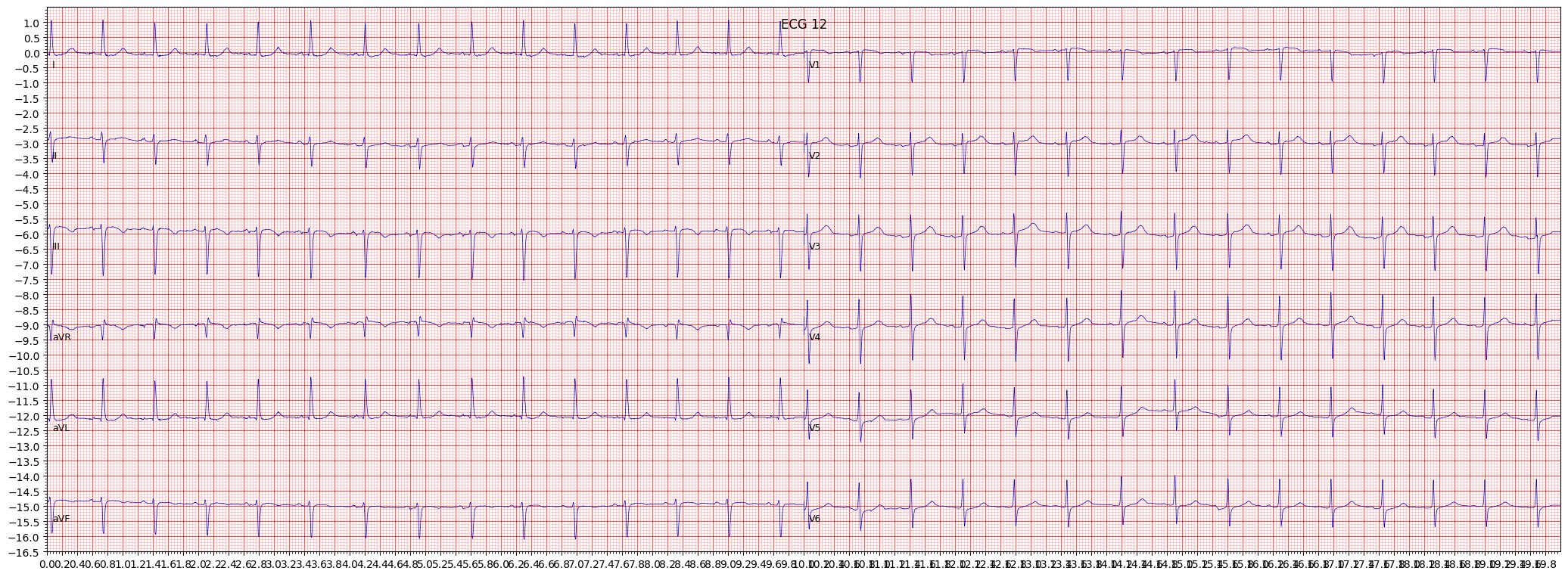left anterior fascicular block (LAFB)
Left anterior fascicular block (LAFB) is a type of electrocardiogram (ECG) finding that indicates an abnormality in the electrical conduction system of the heart. Specifically, LAFB occurs when there is a delay or blockage in the electrical impulses that travel through the left anterior fascicle of the left bundle branch, which is responsible for conducting impulses to the anterior and lateral regions of the left ventricle.
LAFB can be asymptomatic, meaning that the individual may not experience any noticeable symptoms. However, some individuals may experience symptoms such as shortness of breath, chest pain, palpitations, and dizziness.
When reviewing an ECG for LAFB, it is important to pay attention to the presence of a left axis deviation, which is greater than -45 degrees but less than -90 degrees. Other things to pay attention to include the presence of qR complexes in leads I and aVL, and the presence of a slurred S wave in leads V1 and V2.
- Look for a left axis deviation (-45° to -90°)
- Check for the presence of qR complexes in leads I and aVL
- Observe the presence of a slurred S wave in leads V1 and V2
If LAFB is suspected, further testing such as echocardiography or cardiac catheterization may be recommended to determine if there is an underlying cardiovascular condition that requires treatment.
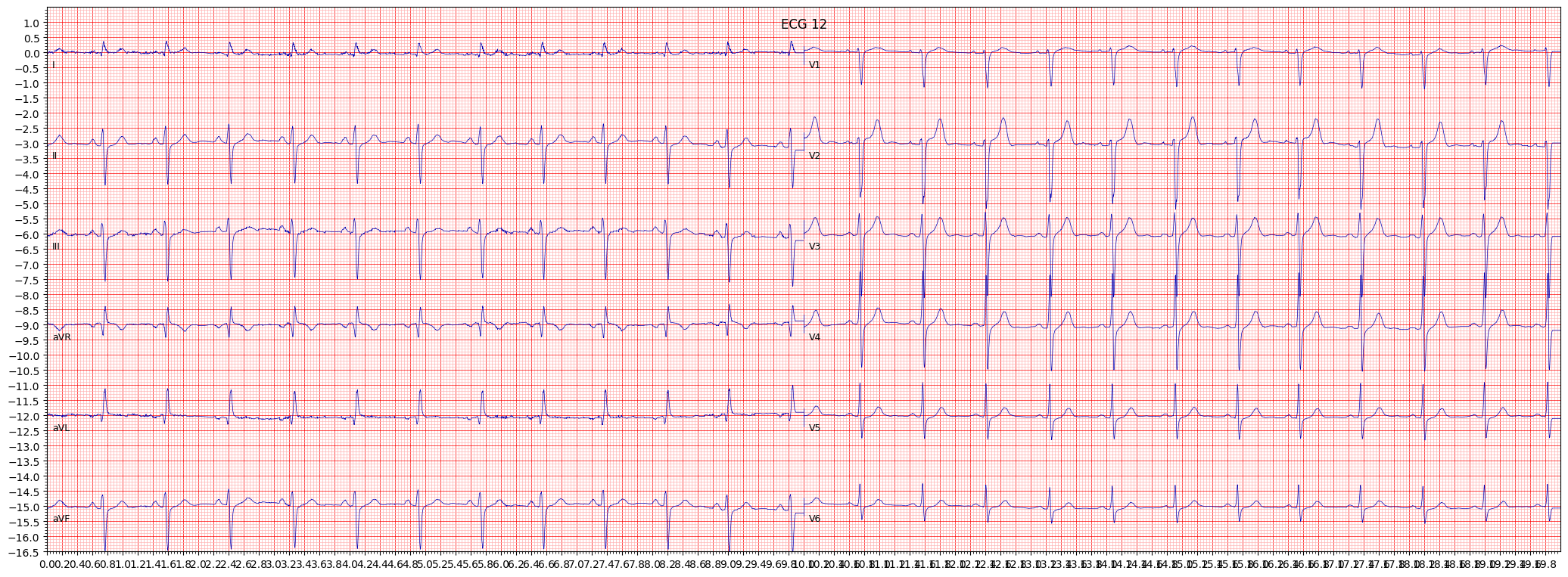 example 2:
example 2:
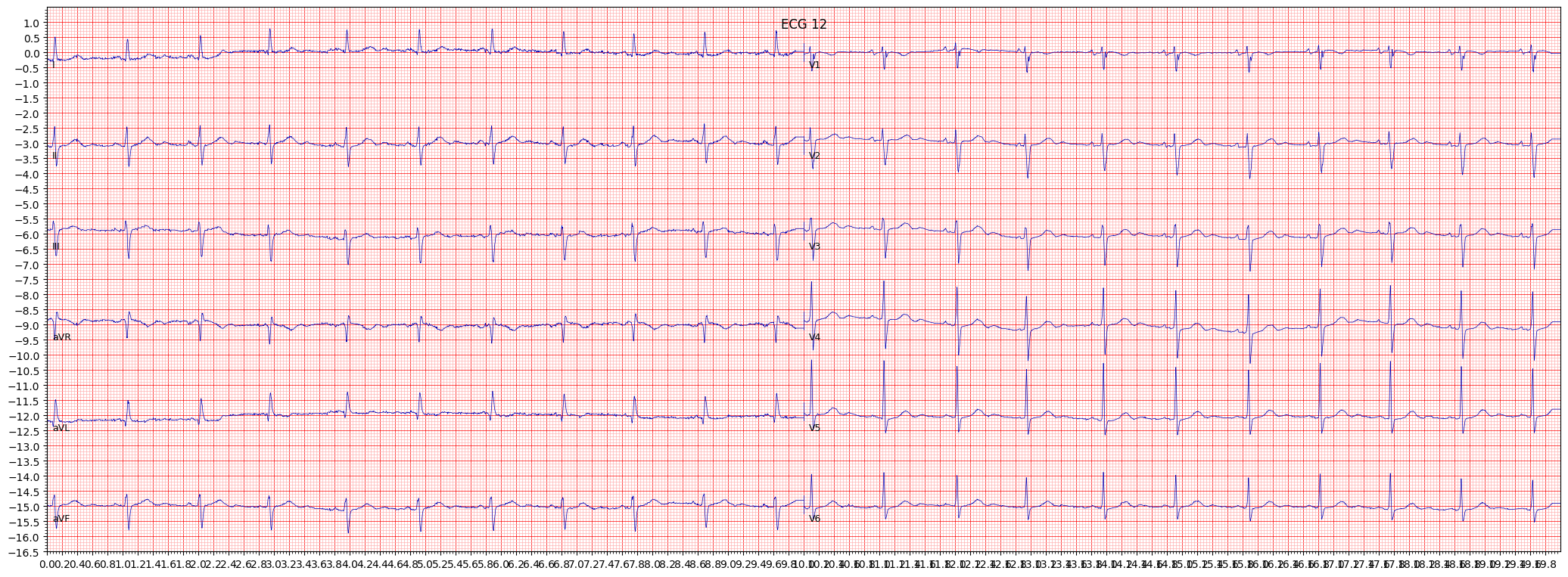 example 3:
example 3:
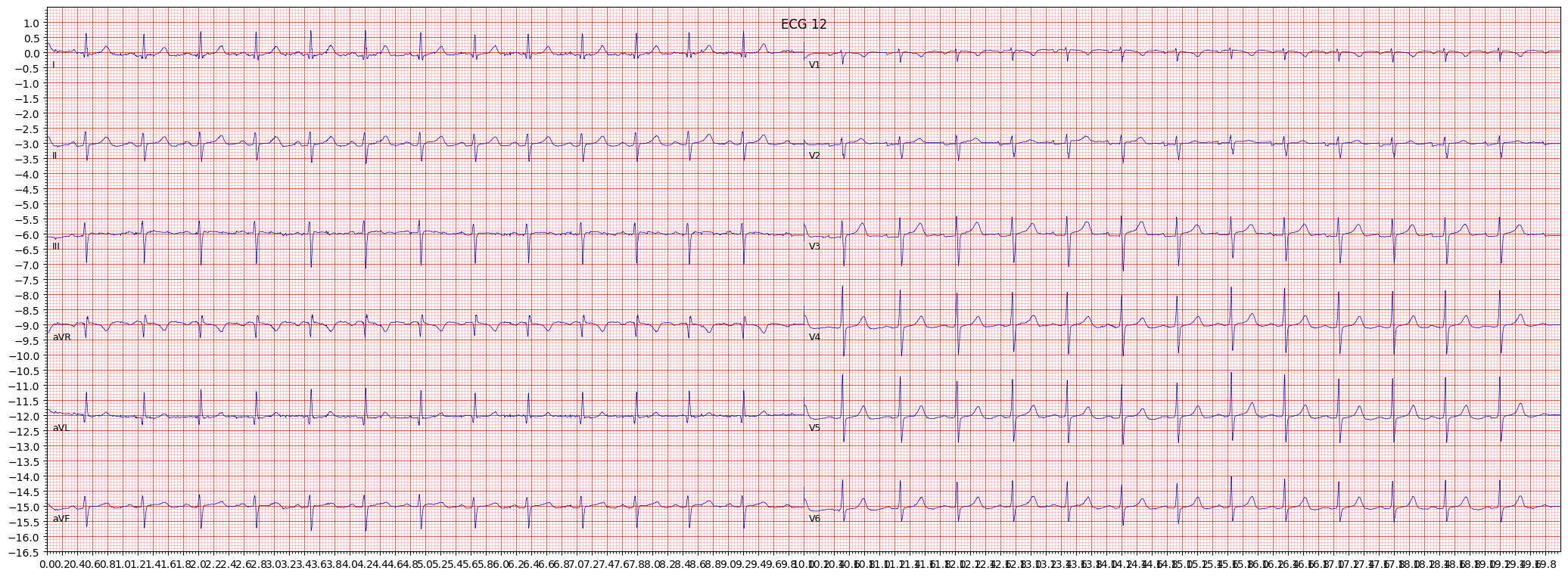 example 4:
example 4:
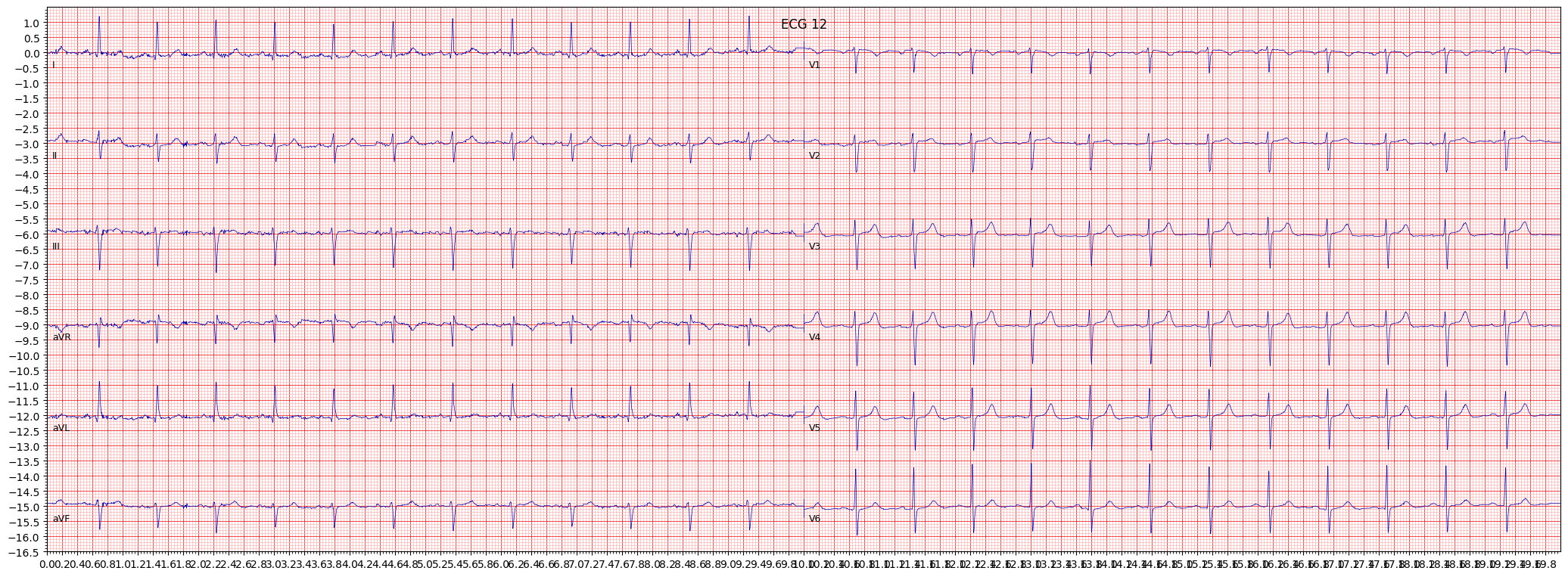 example 5:
example 5:
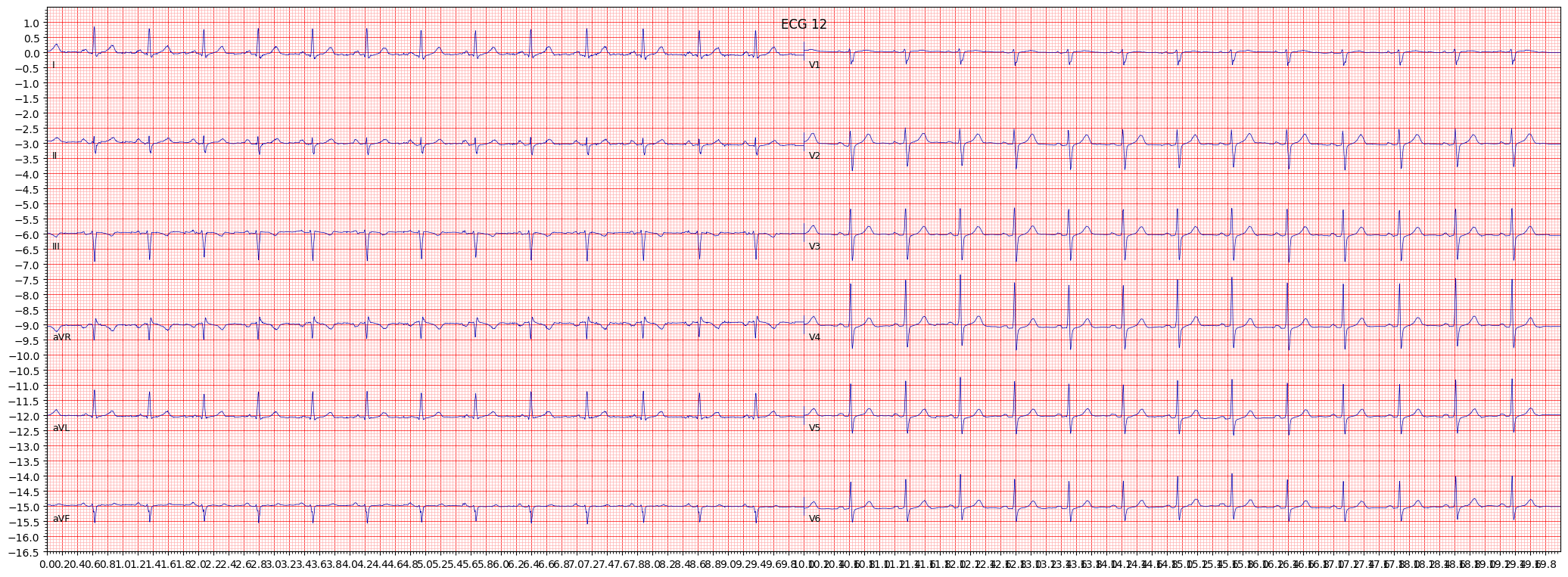 example 6:
example 6:
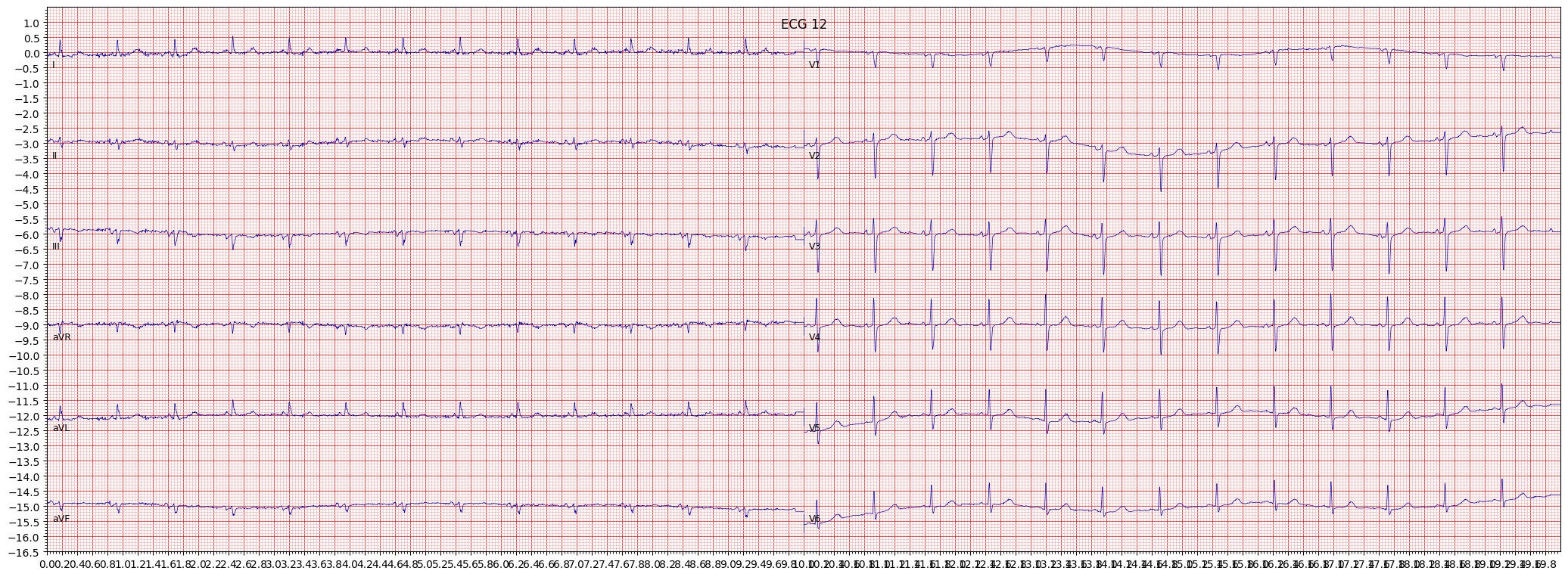 example 7:
example 7:
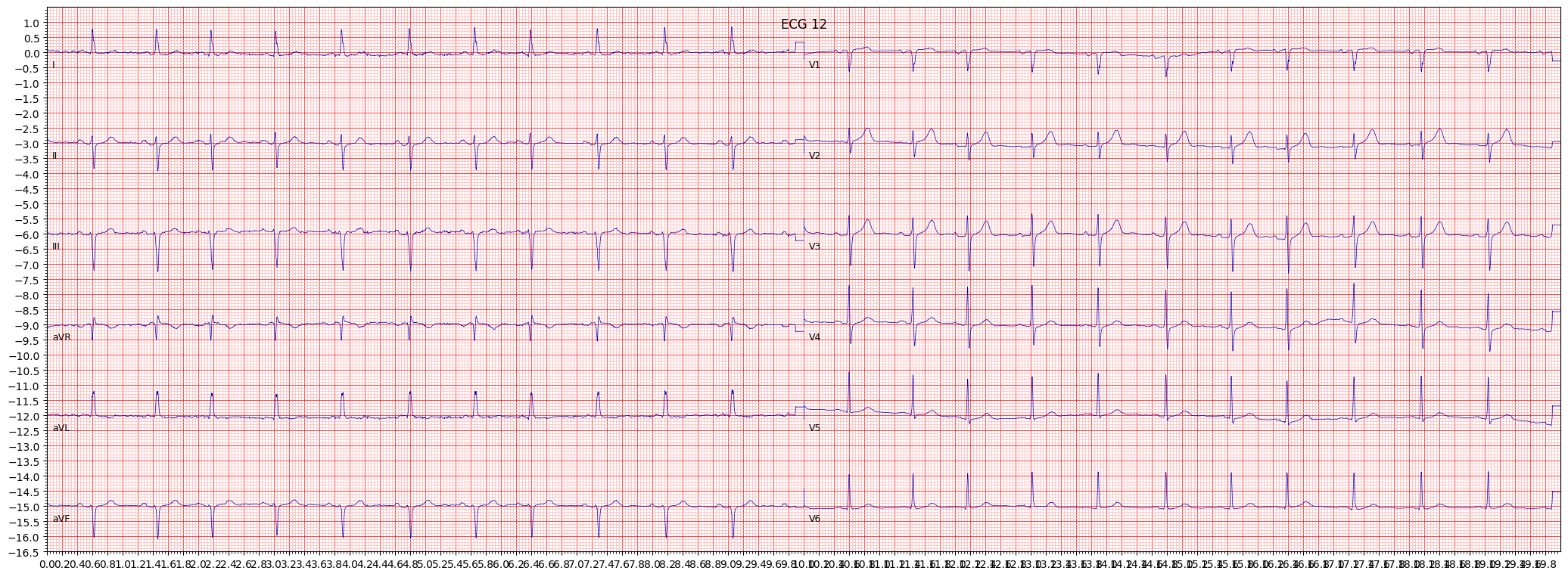 example 8:
example 8:
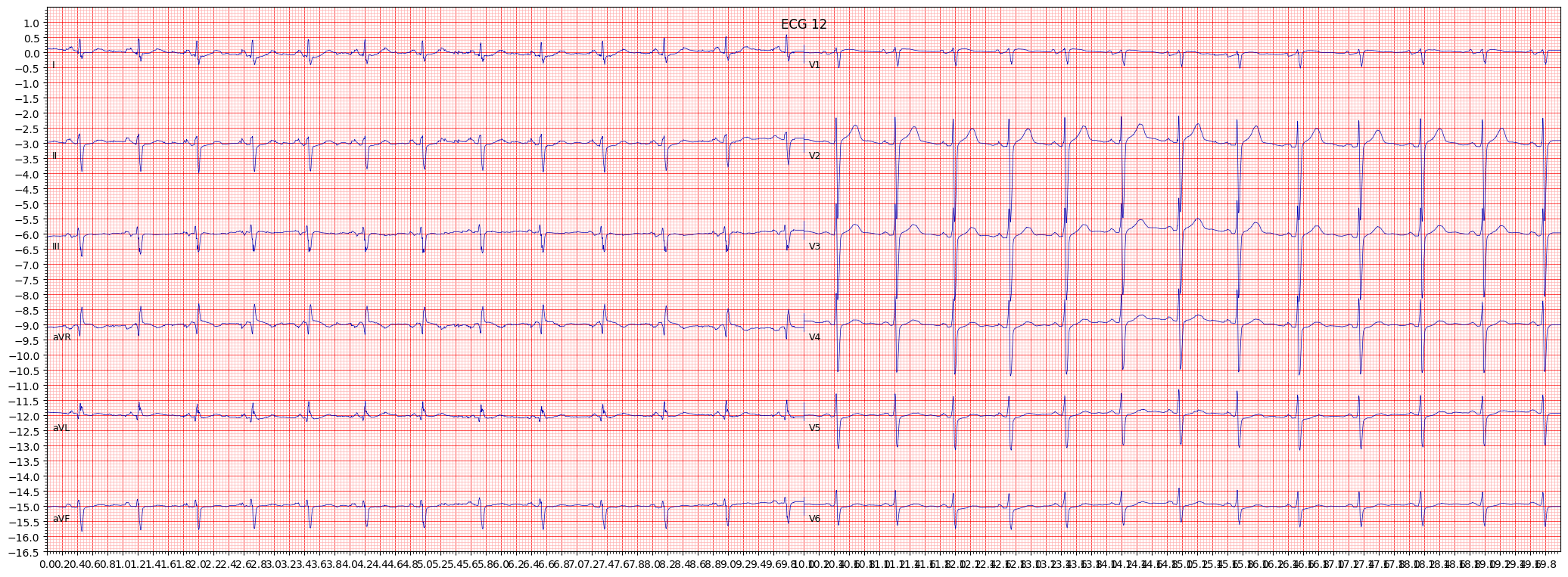 example 9:
example 9:
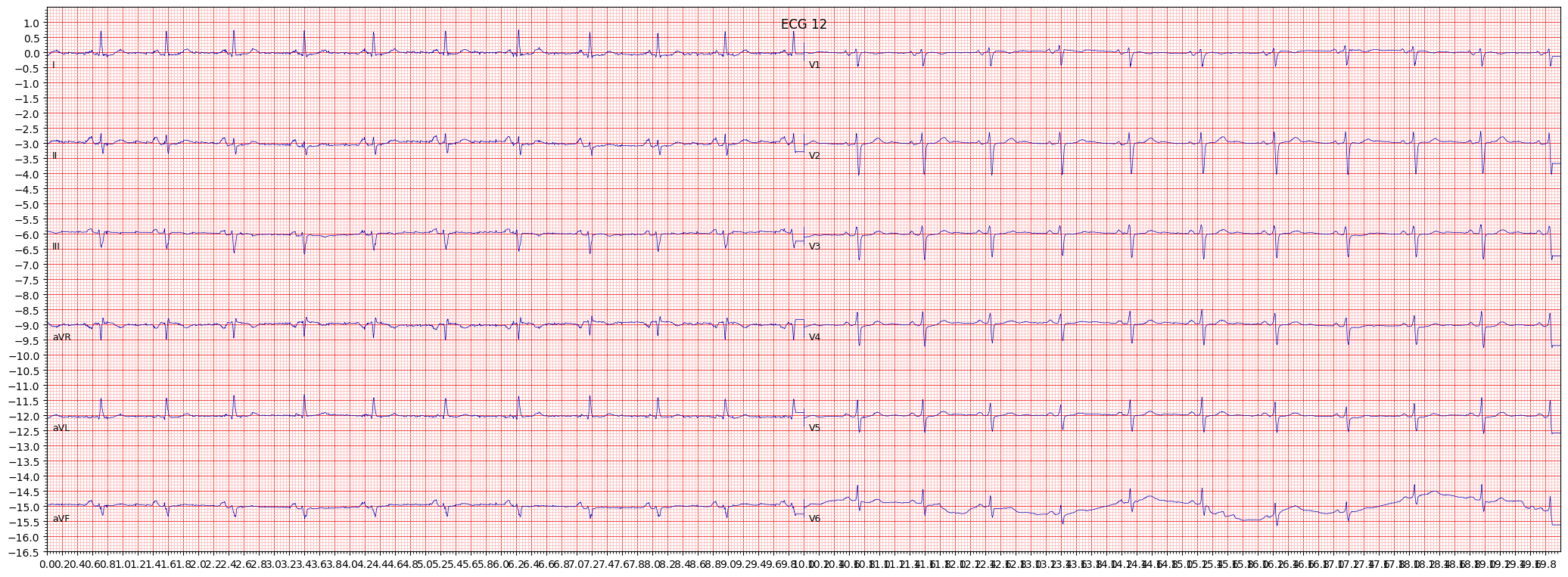 example 10:
example 10:
